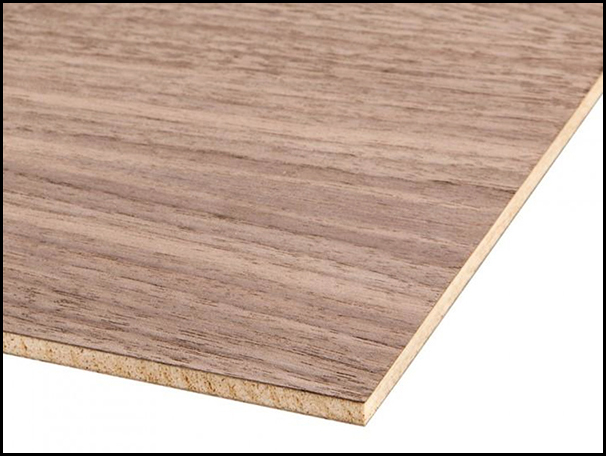
I’m about finished with a project made of red oak and red oak plywood. I tested a water based white pickling stain and water based poly finish (top coat, same manufacturer) on some scrap pieces. There was no problem after applying the pickling stain, but on some of the plywood pieces, after applying the poly finish, black spots began to appear (usually in the deeper grain of the plywood surface). I think this was caused by the finish soaking through the top veneer of the plywood and reacting with the adhesive. Any suggestions?
Michael Dresdner: It sounds like iron staining. If there was any residual iron in the pores of the wood, either from the soak water and knife used to make the veneer, or from any later contamination, such as steel wool, the residual iron can react with water to create black iron stain. Since the flat surface was most likely sanded, that would leave the residue only in the pores.
The quick way to remove iron stain in oak is with a wash of 5 percent solution of oxalic acid, but this must be done on bare wood as it will not penetrate a finish. Alternatively, since it is a white pickled finish, you might choose to simply color the pores white with another coat of white pickling stain atop the cured poly, then reseal with poly after you are sure the white is completely dry.
Ellis Walentine: My best guess is that the water in the finish is reacting with the tannin in the oak and with metallic elements in the glue that was used to adhere the face veneer to the core of the plywood. The best solution I can suggest would be to apply a coat or two of 2-LB-cut blonde shellac to the raw plywood prior to pickling. The shellac will seal up the large earlywood pores of the red oak and prevent the waterborne products from reaching the glueline.





